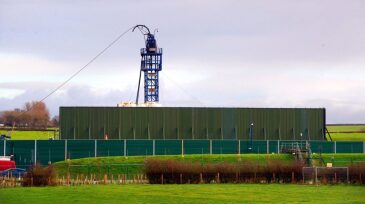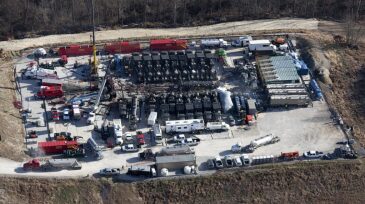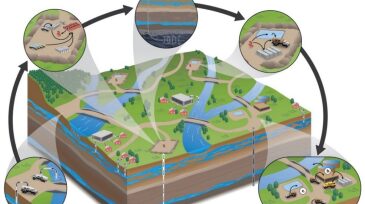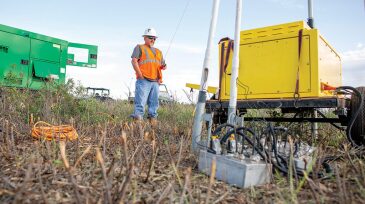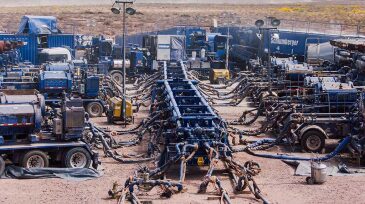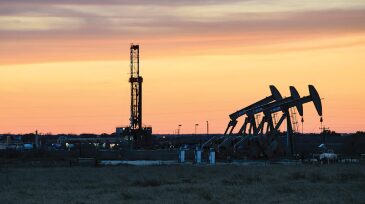Hydraulic Fracturing Content Feed
-
The decision comes 2 months after UK shale operator Cuadrilla Resources halted stimulation work at its Preston New Road site in Lancashire because of a magnitude 2.9 seismic event.
-
Expected to close 31 October, the deal will create one of the largest pressure pumpers in the US.
-
In 2016, the EPA published the findings of a multiyear study, “Hydraulic Fracturing for Oil and Gas: Impacts From the Hydraulic Fracturing Water Cycle on Drinking Water Resources in the United States.” This paper provides a summary of the study’s processes and highlights key finding and limitations.
-
The types of advancements made in real-time drilling data acquisition and processing are now on the doorstep of the North American completions sector. Technology developers are banding together under the umbrella of “coopetition” in a bid to change the way producers fracture tight reservoirs.
-
Not all friction reducers are created equal. With dozens of varieties on the market, industry research suggests that oil and gas companies be choosy.
-
Average production from Bakken wells completed more than 3 years after they were drilled was approximately equal to wells drilled a year before they were put into service, according to a study by the US Energy Information Administration.
-
If you can see it, then maybe you can control it. This sums up the latest quest that the unconventional engineering community embarked upon to get a better understanding of proper well spacing and how fractures really interact.
-
This paper presents a data set involving the pumping of multiple, unique chemical tracers into a single Wolfcamp B fracture stage.
-
The shale sector is studying the results of a 23-well experiment in the southeastern corner of New Mexico to learn what the wider implications might be.
-
A fracturing test site in West Virginia has quietly made a data trove available on the website of the Marcellus Shale Energy and Environment Lab.

